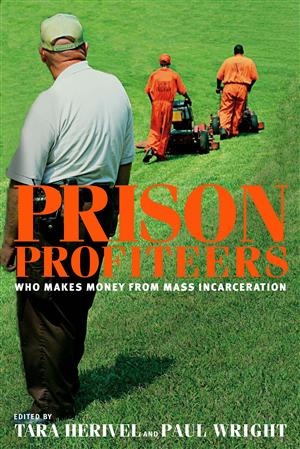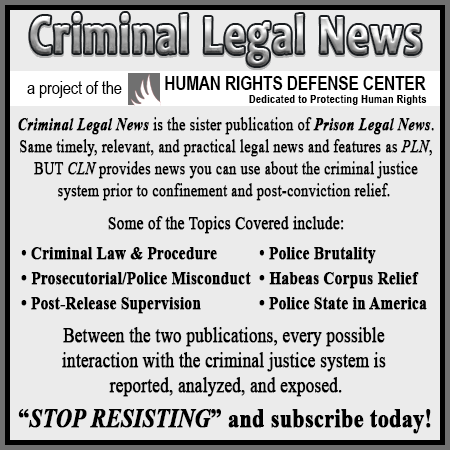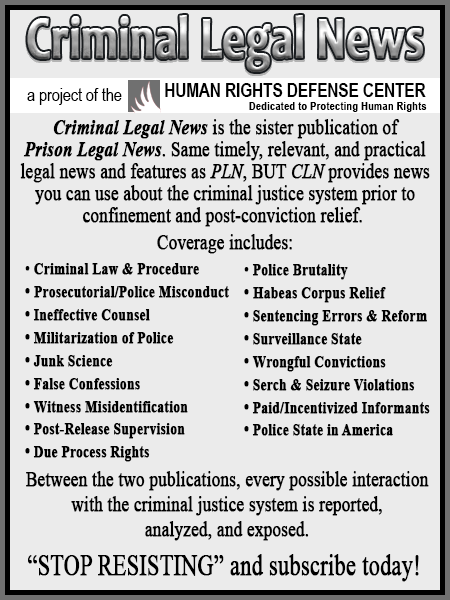Study Confirms New York City’s ShotSpotter Deployment Was a Costly Misstep
by Michael Dean Thompson
SoundThinking’s ShotSpotter technology, which uses echolocation to alert police and emergency medical services (“EMS”) to potential gunshots detected by microphones across a city, has faced mounting scrutiny. While sales and public relations teams have touted its effectiveness—and, on occasion, been accused of manipulating data to secure convictions—cities examining their own data have found the system to be a significant drain on taxpayer dollars.
The issues with ShotSpotter extend beyond its tendency to misidentify loud noises, such as fireworks or car backfires, as gunshots. The system generates a high rate of false alarms, diverting police and EMS resources from other critical tasks. Moreover, the alerts rarely yield usable evidence or lead to convictions. SoundThinking has defended its technology, claiming it saves lives, but has yet to provide concrete evidence to support this assertion.
New York City’s $45 Million Audit
The problems with ShotSpotter came to a head in June 2024, when New York City’s Comptroller released an audit of the city’s $45 million investment in the technology. The audit revealed that in June 2023 alone, there were 940 ShotSpotter alerts, each requiring a police response. In most cases, a single patrol officer was dispatched to investigate.
Of these alerts, a staggering 771 (82%) could not be confirmed as gunfire, while another 5% were definitively not gunfire. Only 13% (122 alerts) were confirmed as actual shootings. According to the report, NYPD officers spent 426.9 hours investigating unconfirmed reports. Additionally, while SoundThinking claims the system reduces EMS response times by five minutes, the audit found that responses to ShotSpotter alerts decreased by only 90 seconds.
Brooklyn Defender Services’ Findings
Brooklyn Defender Services conducted its own analysis using publicly available data, further underscoring the inefficacy of ShotSpotter. Over a nine-year period, the organization examined 62,000 alerts and found that only 16% were confirmed as gunfire. The system’s performance was particularly poor during acoustically intense events like Independence Day and New Year’s Eve, when the number of alerts often doubled due to its inability to distinguish fireworks from gunfire.
The analysis also revealed that just 0.9% of responses led to the recovery of a firearm, and even fewer resulted in an arrest. “A public expenditure requiring tens of millions of dollars, which proves to be a false alarm more than 99% of the time, calls for serious reconsideration,” said a representative from Brooklyn Defender Services. Every false alert not only diverts resources from where they are needed but also wastes taxpayer funds on ineffective activities.
A Growing Consensus
The findings from New York City and Brooklyn Defender Services align with broader criticisms of ShotSpotter. Critics argue that the technology’s high cost and low accuracy make it a poor investment for cities already grappling with strained budgets and overburdened law enforcement agencies. While SoundThinking continues to defend its system, the mounting evidence suggests that ShotSpotter may be far from the bullseye it claims to be.
Source: techdirt.com
As a digital subscriber to Criminal Legal News, you can access full text and downloads for this and other premium content.
Already a subscriber? Login





